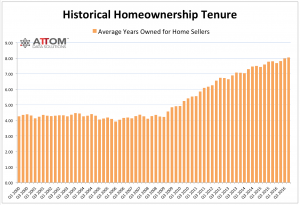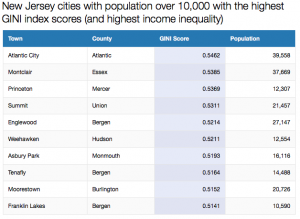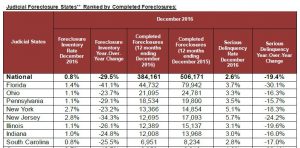From the Otteau Group:
NJ Home Sales Remain Strong in 2017
In January, the number of contract purchases by home buyers exceeded the same month in the prior year for the 29th consecutive month, reflecting a 14% increase over January 2016. Considering the 15% increase (y-o-y) in January of 2016, home sales have increased by 31% over the past 2 years. This latest gain was the highest number of purchase contracts recorded in the month of January since 2005.
A closer look at the distribution of home sales in New Jersey shows continuing strength in those priced below $400,000, which recorded a 16% increase in January compared to one year ago. This price range is primarily represented by younger-age ‘Millennials’ who are beginning to transition from rentership to homeownership. Also noteworthy is a 19% increase in the number of home sales priced between $1.0-2.5-Million, which has been sluggish in recent years. While it’s still too early in the year to declare this a trend, one possible explanation is increased optimism among higher income households given the Trump administration’s plans for lowering taxes and deregulating businesses. This trend bears close watching in the months ahead.
Shifting to the supply side of the equation, the supply of homes being offered for sale remains constricted, which is limiting choices for home buyers. The number of homes being offered for sale today in New Jersey has declined by nearly 5,400 (-12%) compared to one year ago. This is also about 34,000 (-47%) fewer homes on the market compared to the cyclical high in 2011. Today’s unsold inventory equates to 5.4 months of sales (non-seasonally adjusted), which is lower than one year ago when it was 7.0 months.
Currently, the majority (81%) of New Jersey’s 21 counties have less than 8.0 months of supply, which is a balance point for home prices. Hudson County is presently experiencing the strongest market conditions in the state with just 2.9 months of supply, followed by Essex, Union, Morris, Middlesex, Bergen and Passaic Counties, which all have fewer than 5 months of supply. All of the counties with an unsold inventory level equivalent to a supply of 8 months or greater are concentrated in the southern portion of the state including Cumberland (8.4), Cape May (8.6), Atlantic (9.7) and Salem (14.0).



